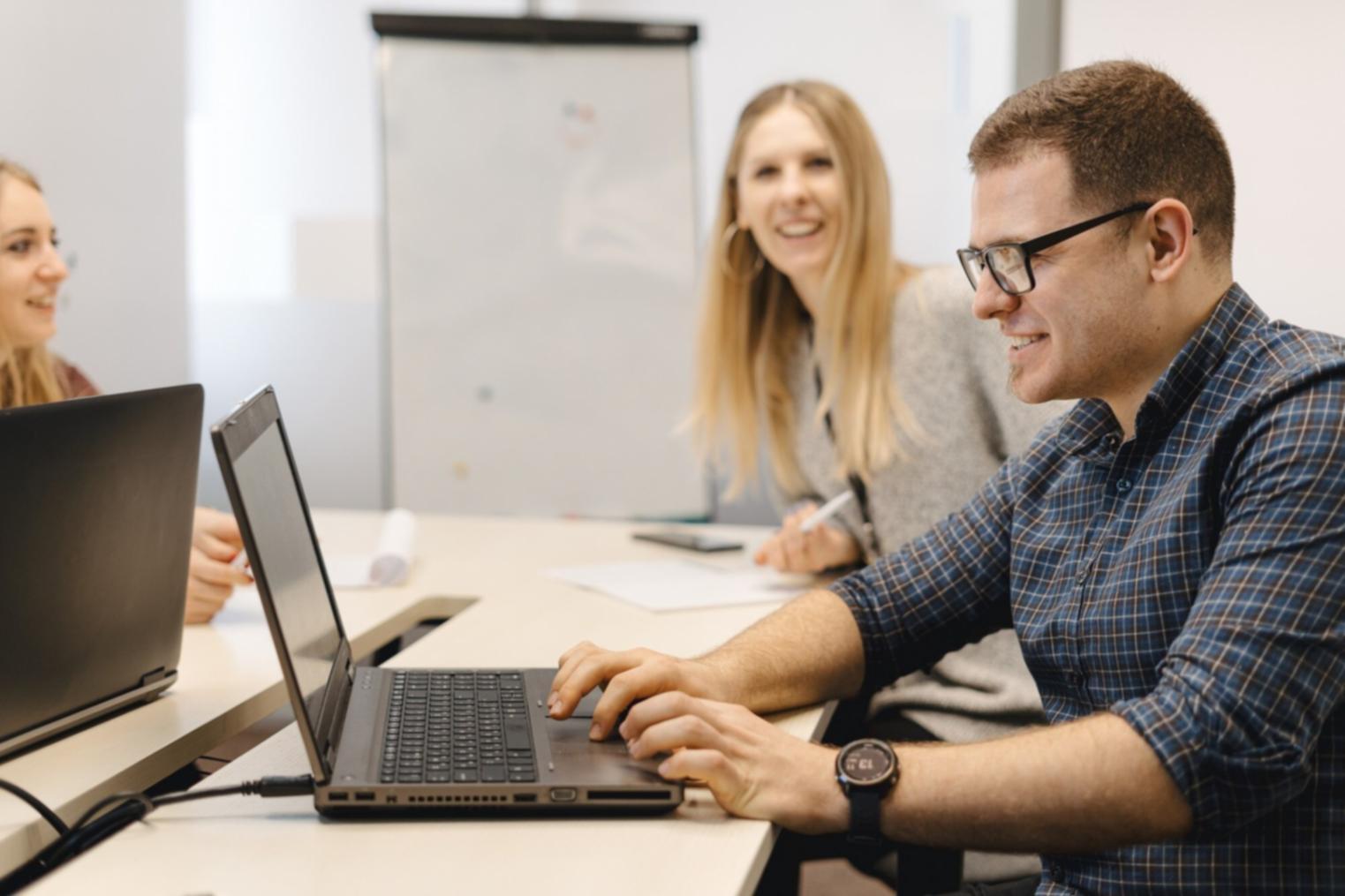What Investors Actually Read in Your Deck
After reviewing hundreds of pitch decks with investment
partners, I've noticed something consistent. Investors spend about 90 seconds on
slides 1-5, then jump to your financials and team page. If those three areas don't
connect, they rarely go back to read the middle sections.
This doesn't mean the problem-solution slides are
unimportant. But it does mean your opening needs to earn their attention, and your
financials need to be defensible. We've had clients who nailed the story but lost
investor interest because their unit economics didn't make sense. The reverse is also
true—strong numbers can't save a confusing narrative.
One thing that helped several founders: showing actual
customer behavior data alongside projections. Not just "we plan to acquire 1000
users"—but "our current cohort converts at 8%, here's why we think that scales." That
level of specificity changes the conversation.
Why Some Raises Take Six Months Instead of Three
Timeline expectations are tricky. Some founders close
their rounds quickly because they already had warm relationships with potential
investors. Others need more time to build those connections from scratch. Neither
approach is better—they're just different starting points.
What slows things down isn't usually the quality of the
pitch. It's often misalignment between what founders are offering and what investors
in their network are looking for. A healthtech company targeting enterprise clients
needs different investors than a consumer app. If you're reaching out to the wrong
groups, you'll get polite passes but no term sheets.
We spend considerable time early on helping founders map
their ideal investor profile. That prep work doesn't feel productive in the moment,
but it prevents months of unproductive conversations later.
The Follow-Up Mistake Nearly Everyone Makes
Here's something I see constantly: a founder has a good
initial meeting with an investor, sends a thank-you email, then... silence. They wait
for the investor to reach back out. Weeks pass. The momentum dies.
Investors are busy. They're not ignoring you on
purpose—your email just got buried under 50 others. The founders who close rounds are
the ones who stay visible without being annoying. That usually means sharing
meaningful updates every 2-3 weeks. New partnership signed. Product milestone hit.
Interesting user feedback. Something that moves the story forward.
We help clients develop these update rhythms. It's not
about pestering investors—it's about demonstrating consistent progress. Because at
the end of the day, investors want to back companies that are moving forward
regardless of whether funding comes through.




